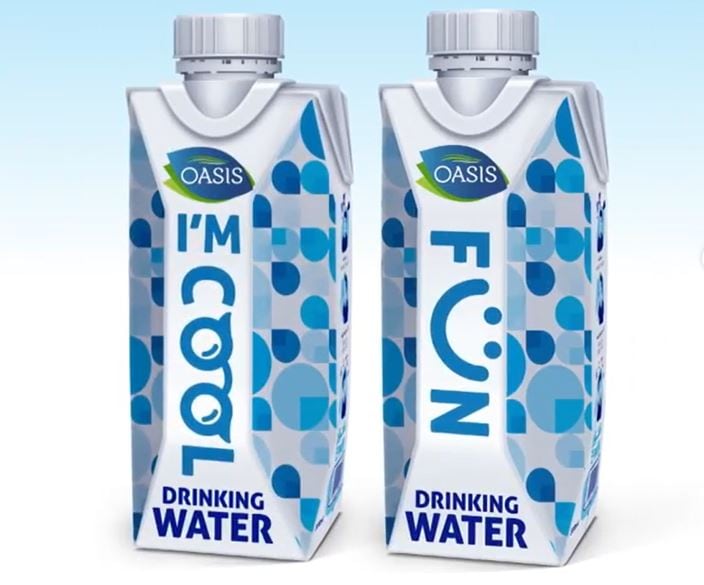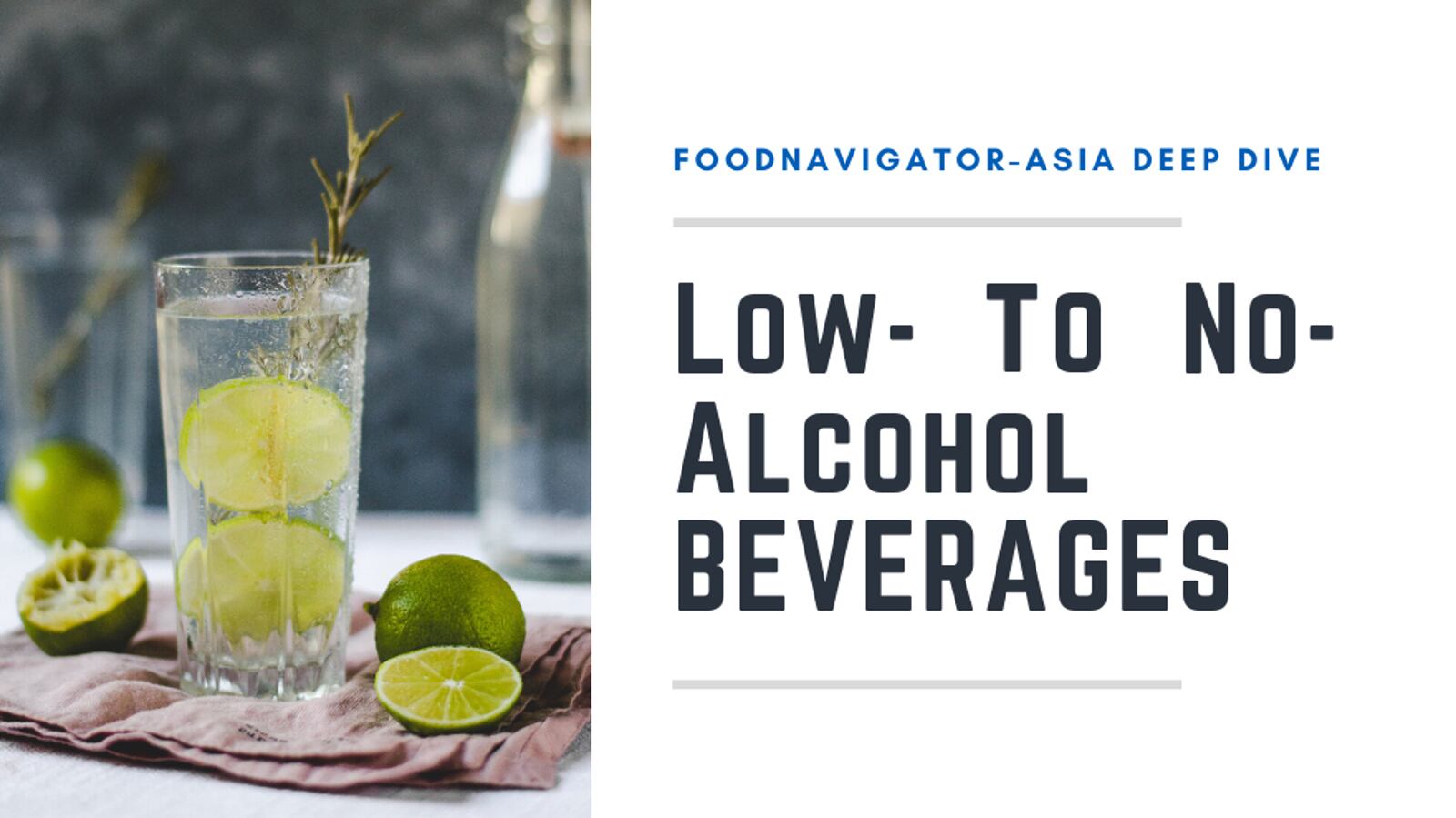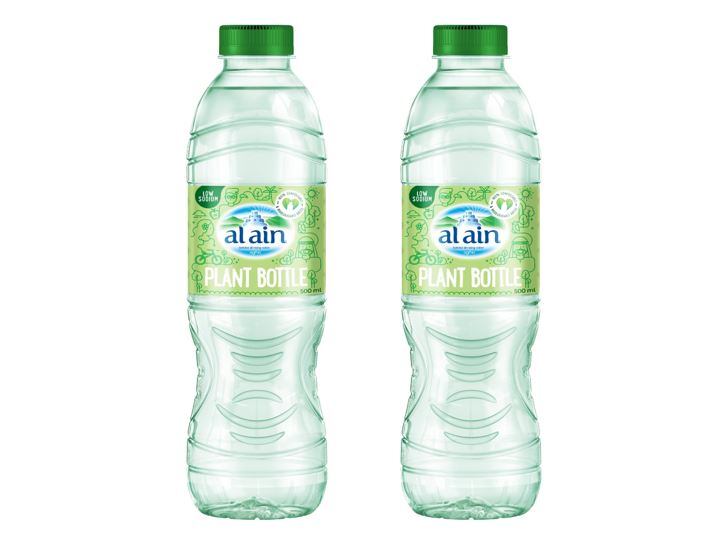According to Euromonitor, the Middle East snack market was valued at €6 billion (USD$6.4bn) in 2019. It is projected to grow 4% in volume and 14% in value by 2022.
In an interview with FoodNavigator-Asia, Carlos Portales, regional marketing manager (MENAT) at Kerry Taste & Nutrition said this growth was coupled with a growing demand for more healthy products.
Portales cited GCC countries such as Saudi Arabia, Kuwait, the United Arab Emirates, Qatar, Bahrain, and Oman as nation’s with a rising awareness of healthier foods, including snacks.
“As snacking increasingly replaces traditional meals, consumers want snacks to count towards their daily nutritional requirements, while being appropriate to their diet or lifestyle.
“This is a small growing segment with some new launches emphasising baked, less fat, less sodium, no MSG and natural ingredient claims.”
According to Portales, a key change driving this health and wellness trend are the regulations and restrictions for the food and beverage industry.
Within the Middle East, Saudi Arabia has banned the use of partially hydrogenated oils (PHOs) and UAE have banned trans-fat in food products, including snacks.
He told us the biggest challenge for snack manufacturers in complying to regulations like this would be preserving the taste experience without affecting the price and consumer preferences.
He said consumers were especially keen to see a reduction in GMOs, allergens, MSG, preservatives, and trans-fats, but also adding nutrients such as additional fibre, while simultaneously maintaining great taste.
Snack premiumisation
While acknowledging that using natural ingredients could increase costs for manufacturers, he added that consumers were willing to pay more for premium produts.
“We have been observing an overall [trend for] premiumisation,which means consumers are not buying more, but paying more for their snacks.”
Another major trend in the Middle East is a demand for bold flavours.
“As consumers across the region have started switching from mild to bolder taste flavour profiles, such as spicier and hot flavours, manufactures are recognising and applying consumer-preferred flavours into new product development,” he said.




